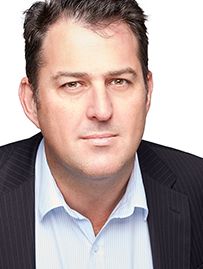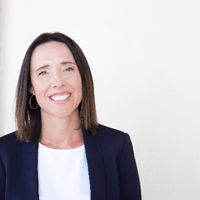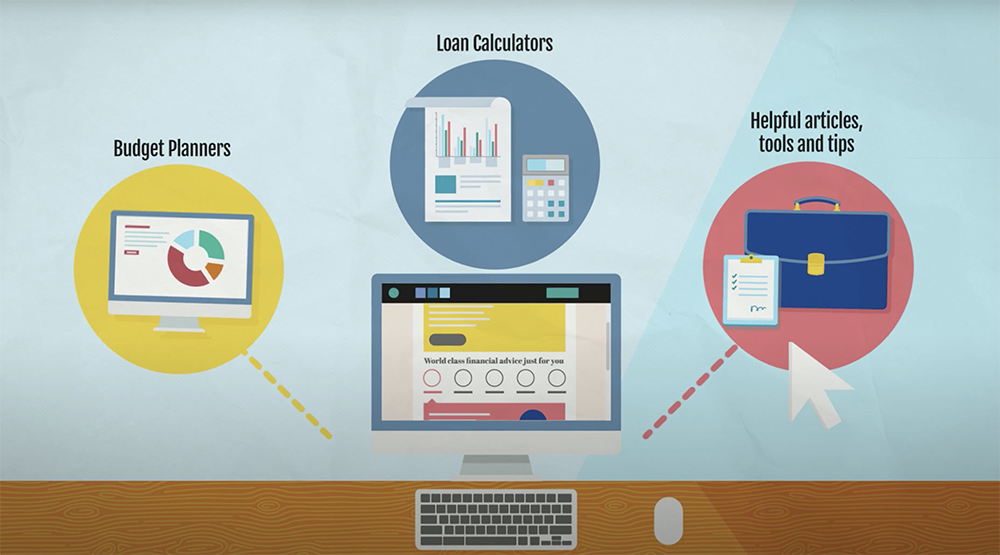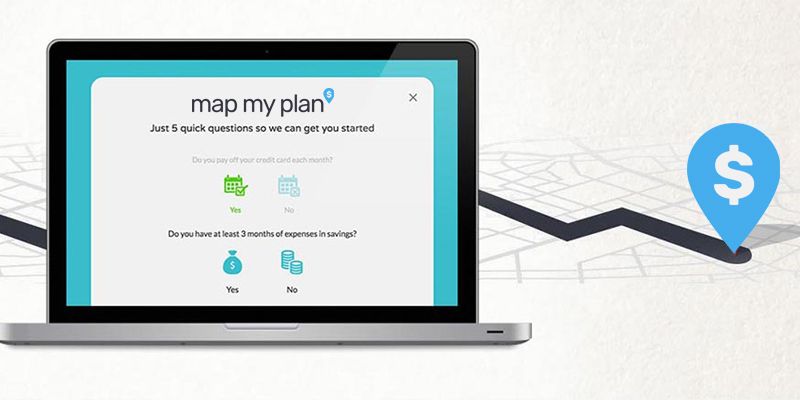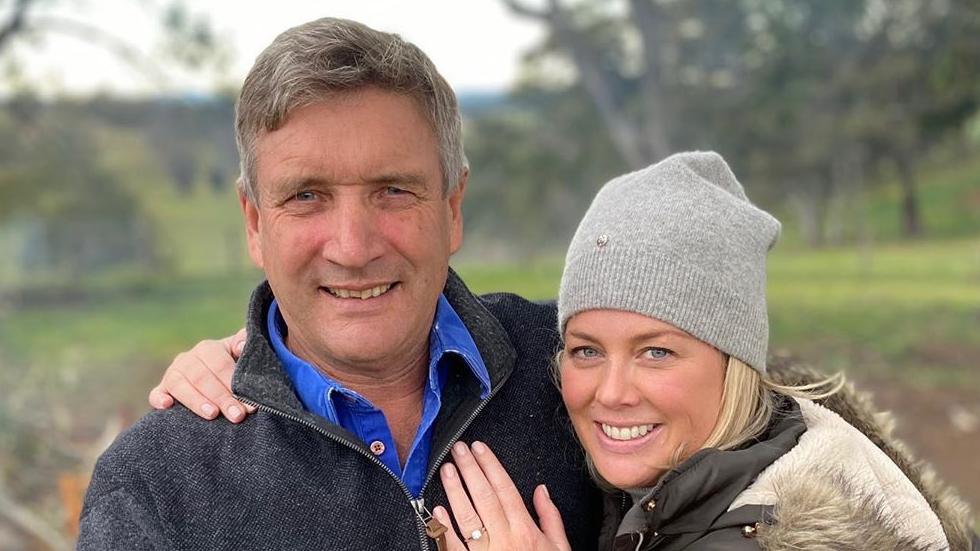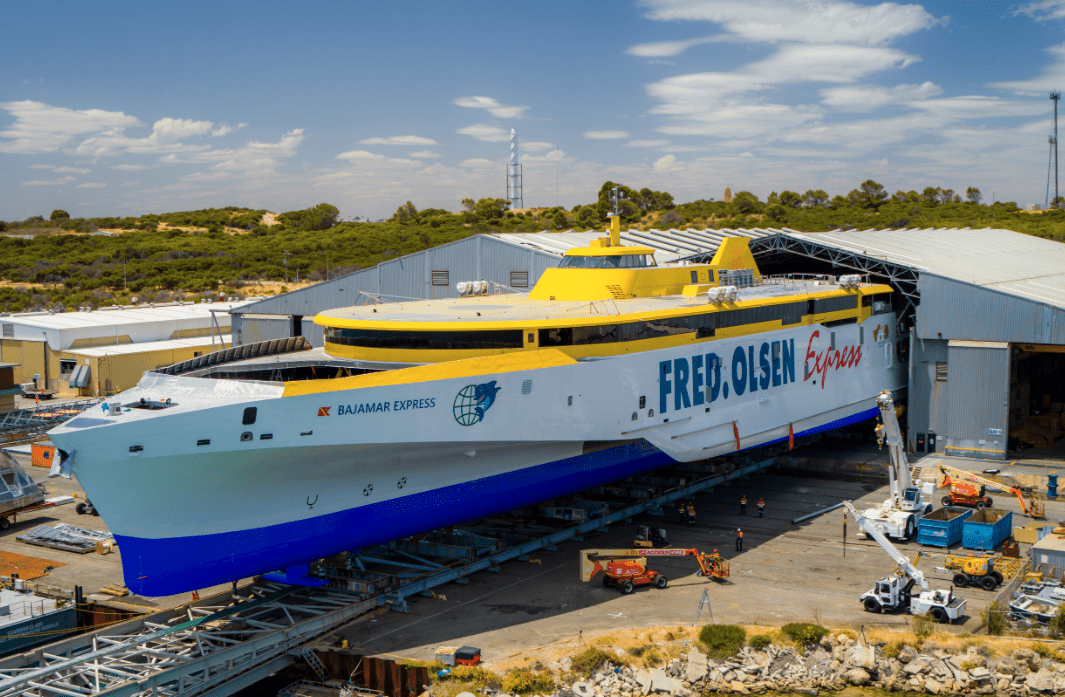
The Commonwealth Bank’s profit and why the reporting season will be the most misleading of all time
The Australian Securities Exchange kicked off the year’s busiest reporting season this week – and it promises to be one of the most volatile, confusing and potentially misleading reporting seasons on record.
All of the impacts of the COVID-19 pandemic disruptions will be on display, skewing the results of retailers, banks, tourism companies, airlines and technology companies.
The question is whether this will give us a true and accurate read on the performances of these companies, or whether we need to understand that the disruptions have distorted the results, one way or the other, and that at some point things will return to normal.
The biggest results came from the Commonwealth Bank today, which suffered a drop in full-year profit to $7.3bn and its lowest final dividend since 2006.
But investors sent the share price up after the number was close to that of analysts and any dividend was a good dividend.
The bank’s net profit was 11.3 per cent lower for the 12 months ended June 30.. The bank declared a final dividend of 98c, fully franked, adding to an interim payment of $2 per share.
The last time CBA paid a dividend under $1 was in 2006 for the second first-half of the 2005 fiscal year. That payment was 94 cents per share.
The bank’s economists predict domestic economy will contract 4.2 per cent this year, while unemployment will peak at 9 per cent and take “a long period” to go back down.
Chief executive Matt Comyn said despite the challenging environment, operational performance remained strong. “Combined with our strong balance sheet and capital position, this enables us to continue supporting customers and the economy.
- “The next few months will be critical and some sectors will take longer to recover than others, however, we remain positive about Australia’s long-term prospects.”
NAB will update third quarter trading on Friday. ANZ, Westpac and Suncorp will report next week.
Overall, the sharemarket hasn’t fared too badly during the crisis. The S&P ASX 200 crashed in late March by over 30 percent, but has wound its way higher since then and is almost back at pre-crash levels.
That doesn’t mean that market watchers are expecting a bumper reporting season, or that the results will help the market understand where it is going to go next.
But the uncertainty doesn’t mean that the reporting season will be boring, in fact some of the results will be fascinating!
Furniture retailer Nick Scali was first cab off the rank last week, reporting a better than expected $42 million result as people beautified their home nests and bought new couches to watch TV during lockdown.
One of the ones to watch will be online retailer Kogan, which sells TVs, a company whose shares have been on a tear as consumers have gone online during the crisis.
Kogan shares jumped almost 10 percent this week on reporting a surge in monthly profit for July, and it will release its full-year results next week.
Elsewhere in retailing, companies like Harvey Norman and JB Hi-Fi have reported good sales revenues during the crisis and their results are expected to hold up, but the same can’t be hoped for older names such as Myer and Solomon Lew’s Premier Investments which depend on bricks and mortar stores which were closed during lockdown.
Wesfarmers is a big name in this sector, but at the same time as its Bunnings and Officeworks brands are reportedly going gangbusters, Kmart and Target have been struggling.
Panic buying of items such as toilet paper should see decent numbers from Coles and Woolworths.
In the healthcare sector, the biggest name is CSL and the omens are mixed. How is its vaccine project with the University of Queensland progressing? And what about crucial donations of plasma in the US market – have they held up during the lockdown?
Tech stocks, notably the buy now pay later sector inhabited by Afterpay, Sezzle and Splitit have been on the rise, but the market already knows quite a bit about these companies due to recent capital raisings.
Miners should do alright, particularly those trading in iron ore such as Fortescue, Rio Tinto and BHP.
Chinese demand has held up as country goes on an infrastructure spending binge to keep the economy moving, and for that they need Australian iron ore.
Which brings us back to the banks, which have traditionally reported bumper profits with fat dividends, but the wind is blowing in a different direction at the moment.
One reason why the profit figures won’t give us a true picture is because many business borrowers operating so-called “zombie” companies will have had their operations propped up by the JobKeeper program.
Many of these zombies could be the source of bad loans going forward, as could mortgage defaults if unemployment spreads and mortgage holidays come to an end.
Just as important as the profit figures this time around will be the future outlook, and investors will be just as focused on what companies say about future, and what they are doing to survive – or thrive – amid the ongoing disruptions.
Right now, however, no one knows how long all this will go on so it makes it almost a pointless exercise to speculate, but that won’t stop corporates from spinning their stories and investors from reading tea leaves for the period ahead, no matter how long it might be.





